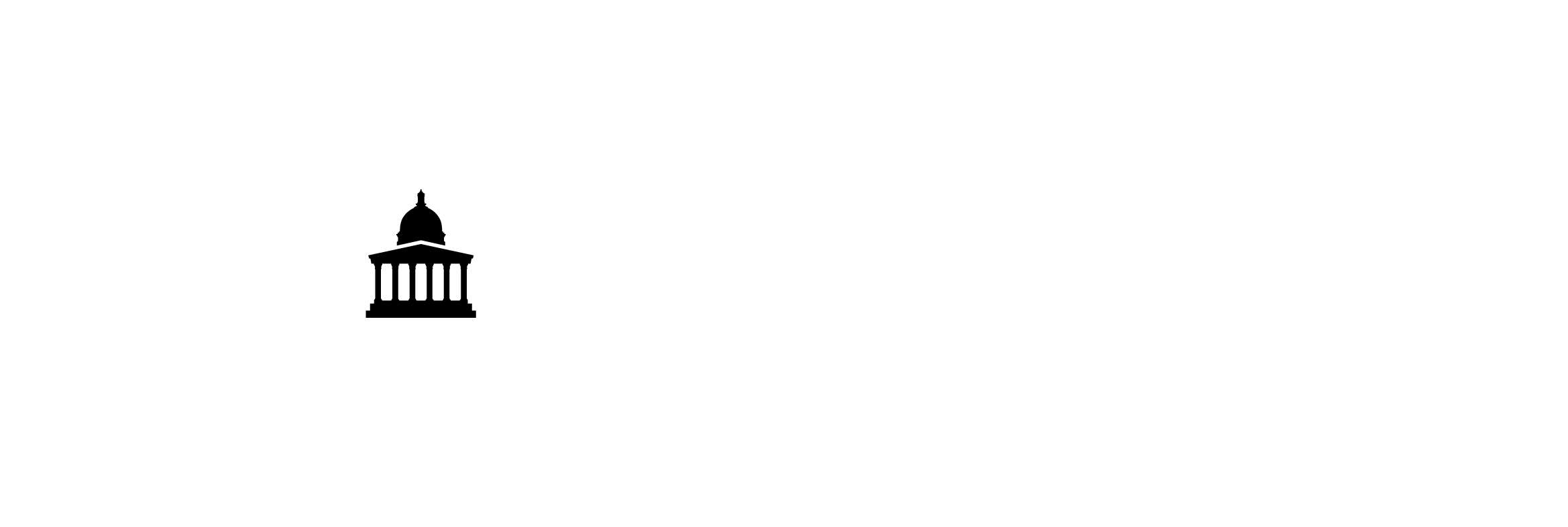High-performance solver for ultrasound propagation in mixed domains with complex fluid and solid materials
Project Description
Existing background work
The supervisory team, together with Dr van ’t Wout, has been developing the open-source Python library OptimUS for solving acoustic wave propagation in an unbounded medium in 3D with piecewise homogeneous domains. OptimUS solves the Helmholtz equation using the boundary element method (BEM). It has been used to simulate biomedical ultrasound clinical scenarios relating to treating cancers of the liver and kidney, as well as osteoid osteoma. OptimUS featured as part of an international software benchmarking exercise for ultrasound transcranial neuromodulation, overseen by the International Transcranial Ultrasonic Stimulation Safety and Standards. The OptimUS library is being used in biomedical ultrasound research in academic affiliations worldwide as well as a pedagogical tool for undergraduate and postgraduate students. The current BEM formulations in OptimUS assume that domains exhibit fluid-like properties. This gives us accurate prediction of ultrasound propagation in soft tissues (e.g. the liver and kidney). However, hard tissues like bones and many dense cancer tumours demonstrate solid-like (elastic) behaviour. This creates a gap in accurately modelling ultrasound propagation in domains with a mix of soft and hard tissues and underscores the need for BEM formulations that represent the physics more accurately.
OptimUS leverages the BEMpp kernel developed by Prof Betcke in UCL. Prof Chaillat (from ENSTA, Paris, France) is an expert in modelling wave propagation in elastic domains using BEM. She is the main developer of COFFEE, which is a code for solving elastic BEM in separated domains. The supervisory team and the external partners will offer academic mentorship, educational support and access to the state-of-the-art medical imaging and computational facilities (high-performance computing workstations as well as the UCL Research Computing Platforms Service) required for the successful delivery of this project.
Main objectives of the project
This project aims to develop an efficient BEM formulation for solving ultrasound wave propagation in mixed domains of soft and hard tissues (i.e., both fluid and elastic domains). The BEM approach uses Green’s functions, which are inherently complex in elastic problems. Also, the equations become ill-conditioned at high frequencies, substantially deteriorating the performance of the solver. To address these challenges, a novel formulation based on the Helmholtz transform will be introduced, building on the team’s previous works in solving the Helmholtz and Maxwell equations. The new formulation will be implemented in the OptimUS software, validated against analytical solutions for canonical geometries, and tested in simulations of ultrasound wave propagation through the human body using anatomical models derived from medical images (ultrasound/MRI/CT scans). The successful completion of this project will have significant implications for the field of biomedical ultrasound, particularly in treatment planning for procedures like focused ultrasound therapy as well as imaging applications such as shear wave elastography. By improving the accuracy and efficiency of simulations, this work will enhance OptimUS and facilitate its adoption in clinical settings, where it could be used for personalised treatment, ultimately improving patient outcomes.
Details of Software/Data deliverables
The project involves implementing, testing and optimising the computational performance of the new BEM formulation for solving ultrasound waves in complex viscous and elastic domains. The student will be actively involved in software development using Python and employing best practices in software carpentry including version control with Git and automated testing to ensure code reliability and reproducibility. The outcome of this project will impact the field of biomedical ultrasound, specifically for treatment planning, and facilitate the uptake of OptimUS in clinics.


